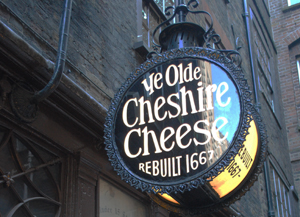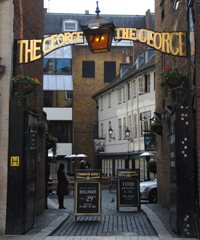No prizes here for guessing that this pub owes its name to the long serving 19th century monarch, Queen Victoria.
There’s apparently a story that the Queen stopped off here on her way to Paddington Station and that, as a result, the pub was named in her honour.
 Whatever the truth of that, the now Grade II-listed pub – located at 10a Strathearn Place (on the corner with Surrey Place) – was apparently built in 1838 – the first year if Victoria’s reign (and possibly a more valid reason for its name) and remodelled around the turn of the 20th century.
Whatever the truth of that, the now Grade II-listed pub – located at 10a Strathearn Place (on the corner with Surrey Place) – was apparently built in 1838 – the first year if Victoria’s reign (and possibly a more valid reason for its name) and remodelled around the turn of the 20th century.
It features a luxuriously decorated interior with fireplaces, mirrors, and an original counter as well as paintings of the Queen, Prince Albert and their family.
The upstairs Theatre Bar features decorative elements taken from the former Gaiety Theatre which were installed in the late 1950s.
The pub, which was apparently patronised by the likes of author Charles Dickens (he is said to have written some of Our Mutual Friend here), Sir Winston Churchill and Charlie Chaplin as well as David Bowie – who did a live performance when launching an EP here in the 1960s.
It’s also been associated with more recent celebs like musicians Ronnie Wood and Liam Gallagher, artist Damien First and actor Keira Knightley.
There’s also a story that in 1960s one of the paintings on the walls was found to be a valuable portrait of a member of the Royal Family. It’s now apparently in the Royal Collection.
The pub is now part of the Fuller’s group – and has twice won their ‘Pub of the Year’ award. For more, see www.victoriapaddington.co.uk.
PICTURE: Ewan Munro (licensed under CC BY-SA 2.0)



